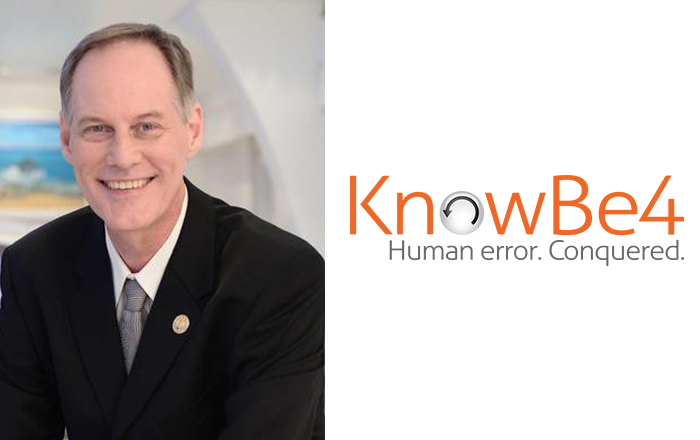BlackBerry has defended its use of the controversial Dual Elliptic Curve Deterministic Random Bit Generator (Dual_EC_DRBG) saying that it does not consider the “backdoor” to be a vulnerability.
According to security blogger Jeffrey Carr, BlackBerry is the patent-holder for Dual_EC_DRBG, following its acquisition of Certicom in 2009, who licensed its Elliptic Curve cryptography technology to the NSA for $25 million in 2003.
Carr said in a blog that this was the year before the NSA convinced RSA Security to make it the default number generator for its BSAFE software for an alleged $10 million. Carr said that three BlackBerry products include Dual EC DRBG: BlackBerry Cryptographic Algorithm Library, Version 6.1; BlackBerry Algorithm Library for Secure Work Space Version 1.0; and BlackBerry Tablet Cryptographic Library Version 5.6. These products were listed as implementers of the technology by NIST.
Carr said that since BlackBerry does not deem this to be a vulnerability, the company hasn’t issued an advisory, despite the warning from NIST that SP 800-90A Dual Elliptic Curve Deterministic Random Bit Generation no longer be used.
“If you are a BlackBerry customer or developer, be advised that it’s apparently up to you to keep informed about possible backdoors among the encryption algorithms included with BlackBerry products,” he said.
Responding to Carr, Mike K. Brown, vice president of security product management and research at BlackBerry, said: “The Dual EC DRBG algorithm is only available to third party developers via the Cryptographic APIs on the platform. In the case of the Cryptographic API, it is available if a 3rd party developer wished to use the functionality and explicitly designed and developed a system that requested the use of the API.”
He also claimed that BlackBerry did not issue an advisory “because it wasn’t a vulnerability, we only do them for fixes that are needed”.
BlackBerry’s policy is that it issues ‘security notices to inform customers about identified software vulnerabilities that we are either working to address, or that we do not believe warrant a specific software update, given the low risk and severity’.







